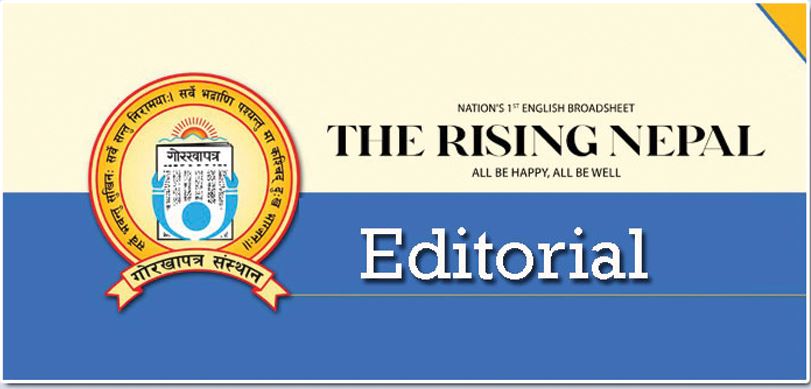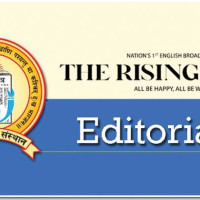- Thursday, 31 July 2025
Meet Budget Goals
All provinces unveiled their new fiscal year's budget on Sunday, putting greater emphasis on capital spending, infrastructure development and employment generation. Their fiscal outlay seeks to align with the federal budget so that they execute projects in a coordinated manner and mobilise resources prudently. The federal government introduced the new budget two weeks ago, and it is under deliberation in the parliament. Increasing agricultural output, strengthening social protection programmes, stimulating tourism sector and boosting provincial revenues are other priorities of the seven provinces. Nonetheless, it is obvious that they still heavily rely on the grants by the central government, a tendency that needs to be ended for a strong federal system and effective delivery of goods and services to the people.
Bagmati Province has the largest budget, at Rs. 67.47 billion, whereas Gandaki Province has the lowest, at Rs. 31.97 billion. Madhes province earmarked Rs. 46.98 billion, Lumbini Rs. 38.91 billion, Koshi Rs. 35.88 billion, Sudurpaschim Rs 33.47 billion and Karnali Rs 33 billion. The federal government has allocated Rs. 567 billion to provincial and local governments for the fiscal year 2025/26, including fiscal equalisation grants, conditional grants, and supplementary grants. However, the provinces have expressed concerns about the assurance of budget transfers. The provincial governments, based on past experiences, complain of not receiving the federal budget within the stipulated timeframe. The timely disbursement of federal grants will give impetus to the provincial projects.
Modernising agriculture is key to prosperity, but the farmers seldom feel assured and secure by the policies and budget allocation as they struggle to get fertilisers on time, and their agricultural produce does not get market due to the lack of infrastructure, transportation and cold storage facilities.
A minute analysis of provincial budgets shows that they still lack the capacity to increase their internal revenue, even 10 years into the implementation of federalism. For instance, the Karnali provincial government aims to collect a meagre Rs. 967 million as internal revenue. This is also evident in other provinces. Despite sound plans and policies and budget allocation, the development projects, be it initiated by the federal government or the provincial ones, seldom get completed within the deadline, leaving capital spending underspent or frozen and eventually undermining inclusive economic growth.
Contractors tend not to complete work on time or do low-quality work but they are not taken to action for their negligence. Instead, their contract is renewed, to the dismay of the general public. Despite varying fiscal sizes and priorities, all provinces have attached due importance to capital expenditure over recurrent spending and sustainable development. However, challenges such as revenue shortfalls and concerns about federal support remain significant issues for the effective implementation of the budget for the new fiscal year. The provinces should prove their mettle in exploring the sources of revenue under their jurisdiction so as to attain self-reliance and balanced development. All layers of government require working in tandem to realise the lofty goals and visions of the budget. This is also necessary to make the federal set-up functional and deliverable.








-square-thumb.jpg)








